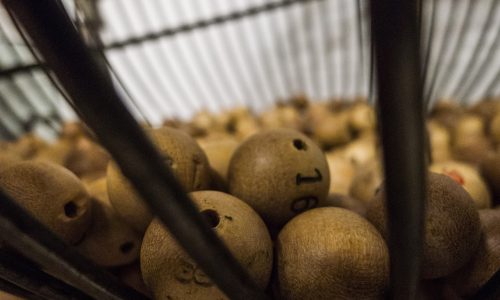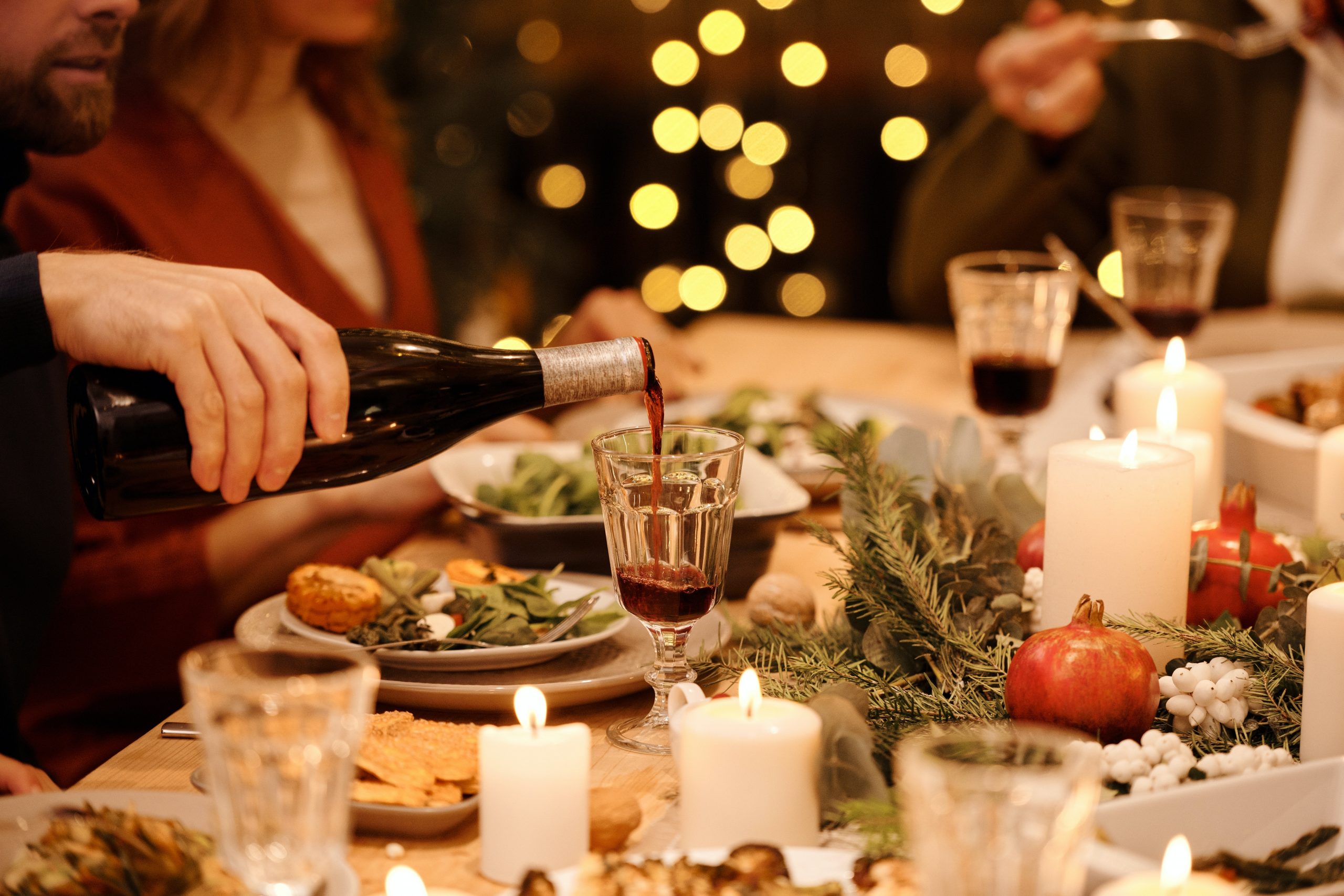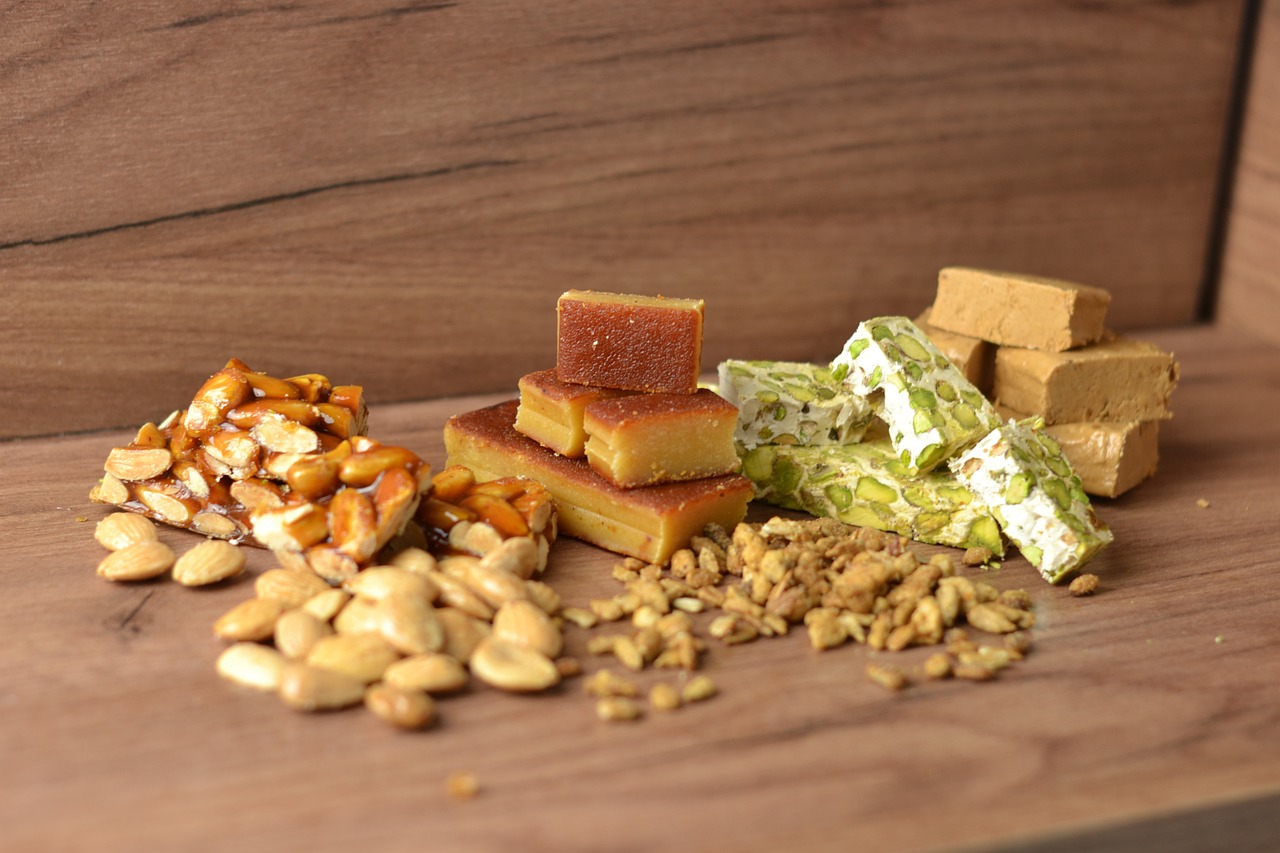Official UK partner to the Paradors, Pousadas, Pestana Hotels & Resorts, Les Collectionneurs (Chateaux), and European Hotels Collection. Keytours International, formerly Keytel International, your agent in the UK.
Among their many talents, Spaniards are known for their ability to throw a good party and no time is better than the festive period. Las Navidades (the Christmas festive period) in Spain generally last from 22nd December to 7th January and we have marked out a handy guide for the most important festive dates in the Spanish calendar.
This national lottery draw takes place each year on 22nd December and has been held every year since 1812. Tickets are sold for months before the draw in kiosks and shops throughout Spain with Spaniards queueing in the hopes of buying winning tickets. It boasts the largest jackpot of lotteries worldwide (over 2.5 billion Euros in 2023) and the largest one single entrant can win is 4 million Euros. Due to the unique nature of ticket printing and distribution, winners of the largest prizes often live in the same towns and municipalities. The winning numbers are sung out by pupils of San Idelfonso School in Madrid but were previously sung by orphans of civil servants.

Like many other European countries, 24th December is the more important date of Christmas period with families and extended relatives coming together to feast and enjoy each other’s company until the early hours. Children typically have not received Christmas presents until 6th January (Reyes), however with the influence of American films; more and more families are exchanging gifts on 25th December giving their children longer to play with their toys from Papa Noël before returning to school.
Instead of pranking each other on 1st April, the Spanish save this tradition for 28th December, the Day of the Holy Innocents, to prolong the joy and levity of the festive period. A common prank is to cut our paper figures and pin them on the backs of unsuspecting friends and family members.

New Year’s Eve is a huge celebration worldwide and with their penchant for fiestas, Spaniards know how to throw a fantastic New Year’s Eve party! On 31st December in many towns and cities, people congregate in the squares, dressed in lively costumes to celebrate Nochevieja (old night) and bring in the New Year. One of Spain’s most unique traditions takes place at midnight when revellers eat a grape on each chime of the clock. If you can finish all 12 grapes in time, you are set have a lucky new year.
Typically gifts are not exchanged until the 6th January in Spain to mark Epiphany, when the three Magi visited Jesus with their gifts of Gold, Frankincense and Myrrh. Instead of sitting on Father Christmas’ lap, children in Spain go and visit the Three Kings to receive their presents.
The town of Alcoy in Alicante is particularly well known for its Three Kings parade culminating in a large fireworks display.

No Spanish gathering is complete without a delicious spread and food at Christmas is no different with a selection of festive treats to accompany typical plates of fish, jamon and cheese.
Turrón – This (typically) almond-based nougat is probably the most famous festive treat and comes in two varieties duro (hard) and blanco (soft). With each passing year the number of types and flavours of turrón grows larger and you can find numerous speciality shops in Spain’s main cities offering endless varieties of the sweet stuff.
Marzipan figurines – Marzipan is used as a celebratory sweet for countless festivals throughout the year (perhaps most famously the ‘huesos’ to celebrate Día de los Santos on 1st November) and for Christmas the delicious almond sweet is shaped into various Christmas figures. Toledo is famous for its marzipan with the treat being sold in the city as early as the 16th century.
Polvorones – These soft crumbly cakes are a staple in any Christmas feast, served in colourful wrappers on festive serving platters and are delicious dipped in coffee or hot chocolate.
Roscón de Reyes – Eaten on 6th January, this colourful cake with its bright jellies is designed to resemble a crown with a trinket hidden inside the cake for one lucky person to find.

You can join in the festive fun at Paradors with a variety of Christmas and New Year’s Eve Packages.